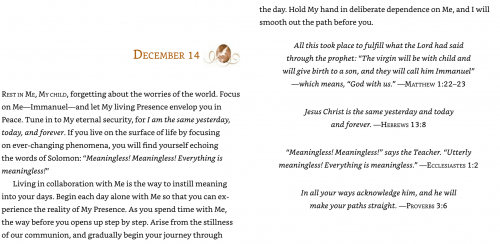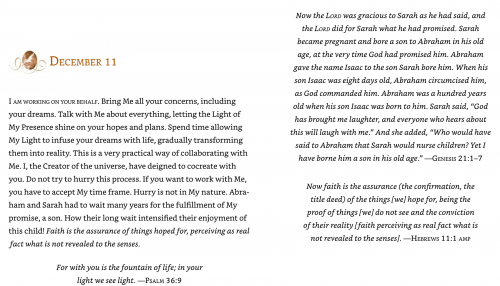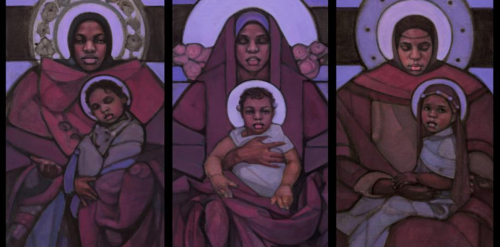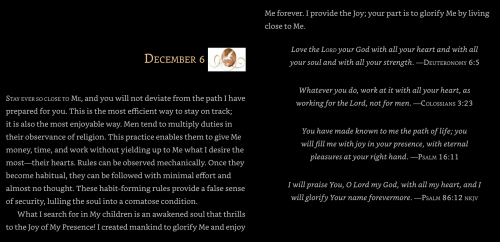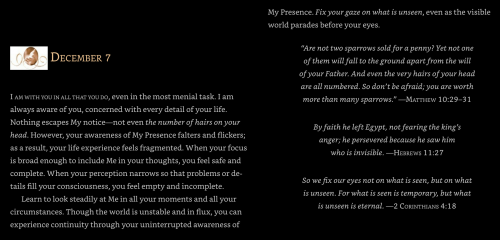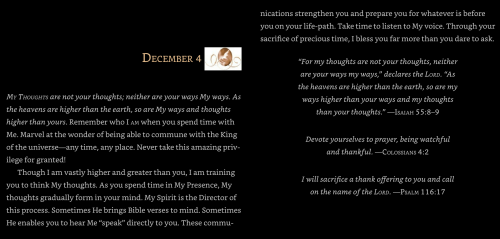The Wisdom of Presence
Thursday, December 17, 2020
We empty ourselves to let the divine flood us with love. We are empty so we may be full. —Beverly Lanzetta
It seems that one of the most difficult lessons for us to learn is that knowledge is not the same as wisdom. Even sincere spiritual seekers resist this truth: becoming “full” of all the information in the world does not of itself accumulate into wisdom. As Bonaventure noted, “Wisdom is confusing to the proud and often evident to the lowly.” [1] Wisdom is not the gathering of more facts and information, as if that would eventually coalesce into truth. Rather Wisdom is a different way of seeing and knowing. Nothing new—no perspective, no experience, nor even love can come to us when we are full of ourselves, our agendas, and our own points of view. That is why, as Beverly Lanzetta observes, self-emptying is so critical to any expression of authentic spirituality. She writes:
Defined as the releasing of selfishness and ego attachments, loss of self is a central characteristic of spiritual life. Let us for now refer to emptying of the self in a twofold sense: as a breaking down of our cherished self-identities, wants, demands, and ego struggles; and as an openness of being, where all the doors and windows of the soul are thrown back to allow in the splendor of life. Since in a body we will always have elements of personality traits, self-emptying is not an absolute state but the practice of letting go. And this practice of detachment, in which we experience the fluidity of presence [italics added] that is deeper than identity, becomes the medium for the great transformation of being that demarcates a contemplative life. . . .
I would go so far as to suggest that wisdom is precisely the freedom to be present. People who are fully present know how to see fully, rightly, and truthfully. Just try to keep your heart open, your mind without division or resistance, and your body not somewhere else. Practicing presence is the daily task of all mature religious and spiritual disciples. It is our very presence, open and available, that allows us to experience and participate in the life of God in the world. Beverly Lanzetta continues:
True emptiness is also an openness of being. It is an ongoing receptivity to the wonder of life. Having an ability to flow with what life offers, we are able to pass back and forth from the interior chambers where our soul and the Beloved meet into the world. Intimacy with the Divine offers a new quality of heart. The contemplative life teaches us how to sustain this openness that is natural to our natures, and how to employ spiritual disciplines to preserve and protect our vulnerability. Contemplative experience moves us from the intellectual idea of openness that we glimpse in fragments and in starts, to the meditative exercise of openness, and then to the orientation of our whole being toward surrender and receptivity.
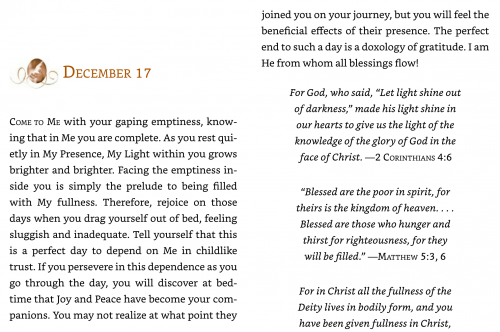
Story from Our Community:
I’ve been visited by cosmic joy while walking my dog down a forest trail. . . riding down a Fresno boulevard on the back of a motorcycle at night, sitting on a boulder in the midst of a rushing Smoky Mountain stream, staring into the eyes of a large grouper on a coral reef, and while sitting on the fireplace hearth staring at the twinkle lights of our Christmas tree knowing that our family would be together the next day. The feeling is a gift from God; it is brief, totally encompassing, and profound reassurance that I am one with my Creator. When we are visited by cosmic joy, fear morphs completely into love. —Sheryl M.


